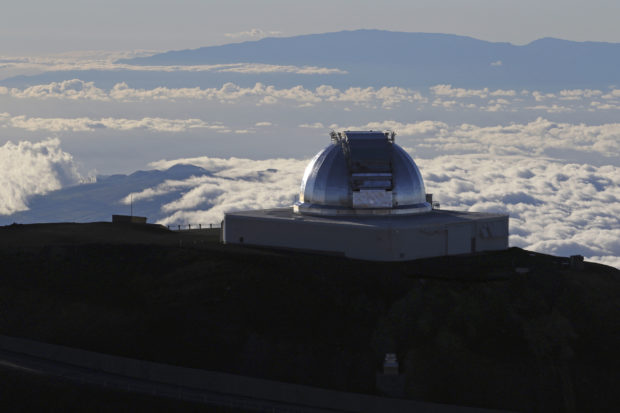
At nearly 14,000 feet above sea level, the clear, still air over the peak contains roughly half as much observation-muddling water vapor as is found at lower altitudes, making the mountaintop arguably the premier ground-based observing site in the Northern Hemisphere.


“It makes the situation less about an ‘us-versus-them’ narrative of astronomy and more about astronomy as part of mutual stewardship of Maunakea.” Protectors versus Powers That Beįor years now, astronomers have been at odds with Native Hawaiians and others for whom Maunakea’s cinder-coned summit is more than just an ideal place for stargazing. “This is a really important opportunity to reset the dialogue around making things centered on the mauna, as opposed to centered around any one interest on the mauna,” says John O’Meara, chief scientist of the W. But some astronomers are now more optimistic and say the new legislation defines the right way forward. “We have come from literally being arrested in July on the mauna, on the mountain, to now, where House Bill 2024 provides seats at the decision-making table specifically for Native Hawaiians-and that, to me, is a huge shift,” says Noe Noe Wong-Wilson, a Native Hawaiian activist and educator and a leader of a movement that aims to protect Maunakea.Īnd it’s a shift that, at least when it was first proposed, alarmed those fighting for a future for astronomy on the mauna’s summit. On July 7 Governor David Ige signed into law HB2024-a bill mandating that control over the mountain’s summit be transferred from the University of Hawaii, which has held the master lease to those lands since 1968, to an 11-member “Mauna Kea stewardship and oversight authority.” It’s a shift many hope will pave a path through an anguished, long-simmering impasse that in the past few years has intensified and polarized astronomers and Native Hawaiians as never before. One of the most coveted and contested astronomical sites on the planet-the summit of Hawaii’s massive mountain Maunakea-will soon be governed by a new group of stewards comprising Native Hawaiians, cultural practitioners, and representatives of the state and other institutions.


 0 kommentar(er)
0 kommentar(er)
